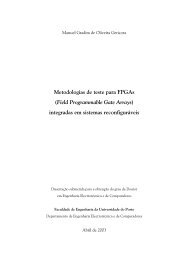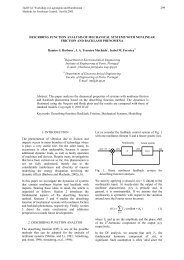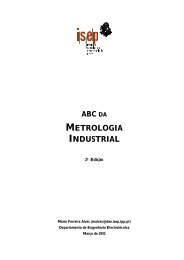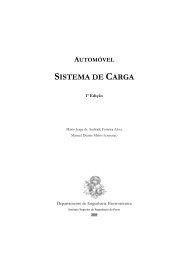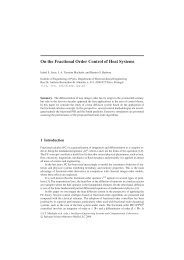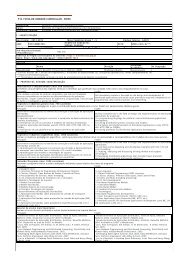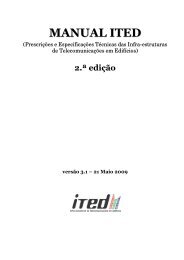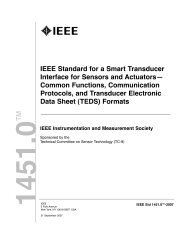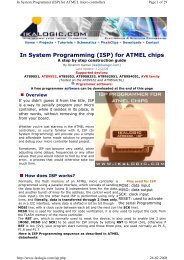AUTOMOTIVE ELECTRICAL CIRCUITS AND WIRING
AUTOMOTIVE ELECTRICAL CIRCUITS AND WIRING
AUTOMOTIVE ELECTRICAL CIRCUITS AND WIRING
You also want an ePaper? Increase the reach of your titles
YUMPU automatically turns print PDFs into web optimized ePapers that Google loves.
After completing the required test and making any necessary repairs or replacement of<br />
parts, reassemble the alternator and install it on the vehicle. After installation, start the<br />
engine and check that the charging system is functioning properly. NEVER<br />
ATTEMPT TO POLARIZE AN ALTERNATOR. Attempts to do so serves no purpose<br />
and may damage the diodes, wiring, and other charging circuit components.<br />
CHARGING SYSTEM TEST<br />
Charging system tests should be performed when problems point to low alternator<br />
voltage and current. These tests will quickly determine the operating condition of the<br />
charging system. Common charging system tests are as follows:<br />
Charging system output test-measures current and voltage output of the charging<br />
system.<br />
Regulator voltage test- measures charging system voltage under low output, low load<br />
conditions.<br />
Regulator bypass test- connects full battery voltage to the alternator field, leaving the<br />
regulator out of the circuit.<br />
Circuit resistance tests- measures resistance in insulted and grounded circuits of the<br />
charging system.<br />
Charging system tests are performed in two ways- by using a load tester or by using a<br />
volt-ohm-millimeter (VOM/ multimeter). The load tester provides the accurate method<br />
for testing a charging system by measuring both system current and voltage.<br />
Charging System Output Test<br />
The charging system output test measures system voltage and current under maximum<br />
load. To check output with a load tester, connect tester leads as described by the<br />
manufacturer, as you may have either an inductive (clip-on) amp pickup type or a noninductive<br />
type tester. Testing procedures for an inductive type tester are as follows:<br />
With the load tester controls set as prescribed by the manufacturer, turn the ignition<br />
switch to the RUN position. Note the ammeter reading.<br />
Start the engine and adjust the idle speed to test specifications (approximately 200<br />
rpm).<br />
Adjust the load control on the tester until the ammeter reads specified current output.<br />
Do not let voltage drop below specifications (about 12 volts). Note the ammeter<br />
reading.<br />
Rotate the control knob to the OFF position. Evaluate the readings.<br />
<strong>AUTOMOTIVE</strong> <strong>ELECTRICAL</strong> <strong>CIRCUITS</strong> <strong>AND</strong> <strong>WIRING</strong> 39/ 101



